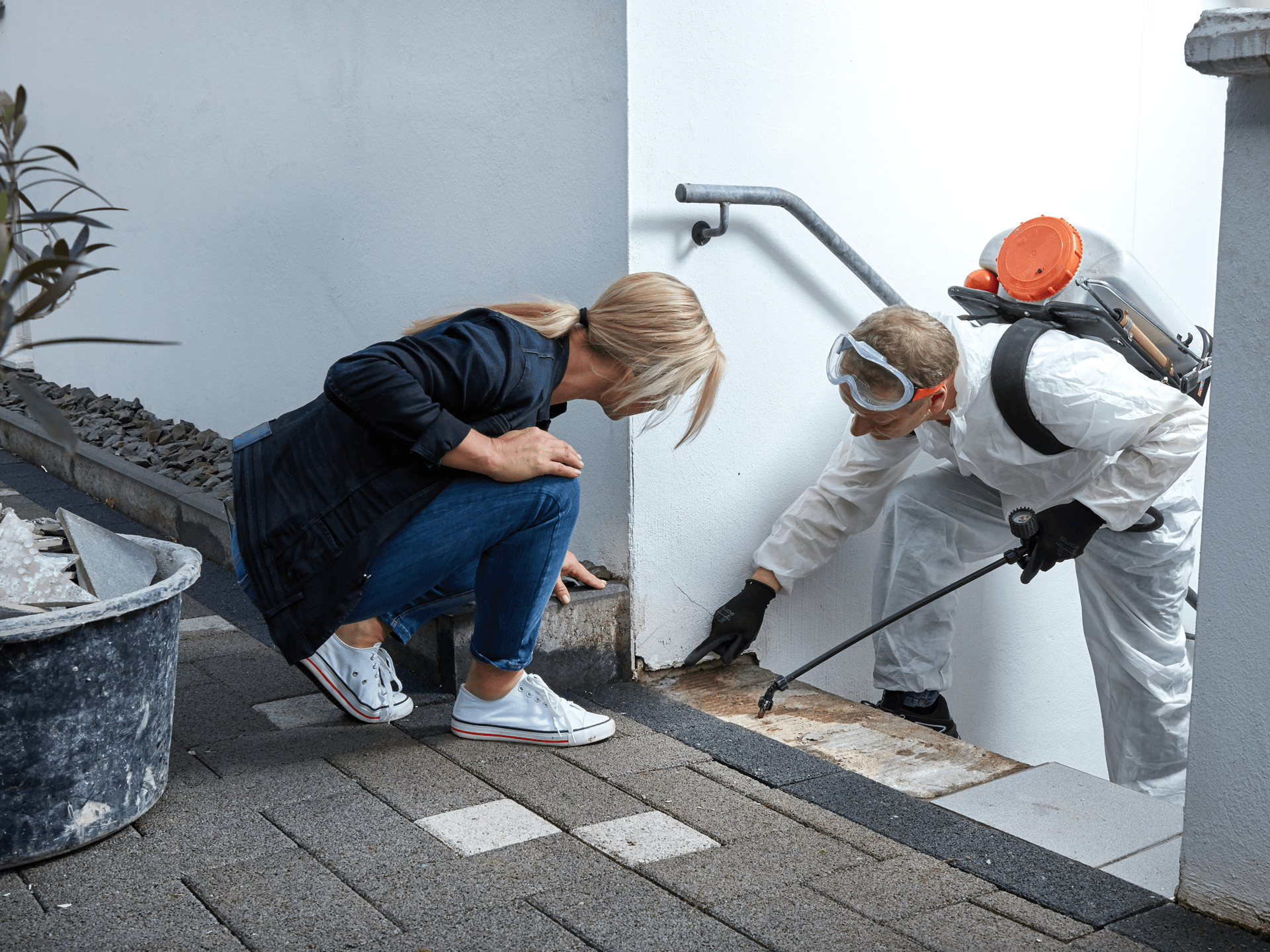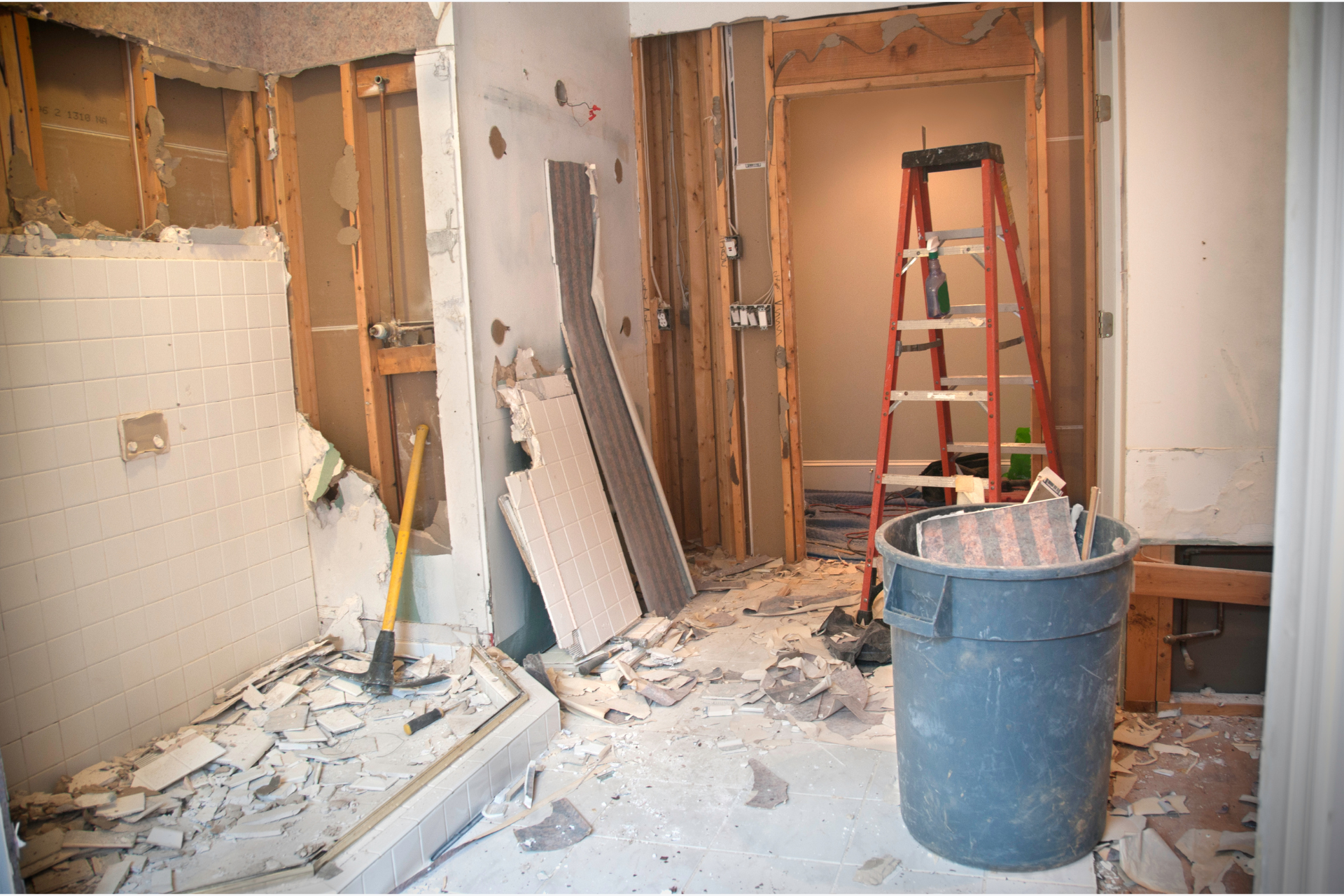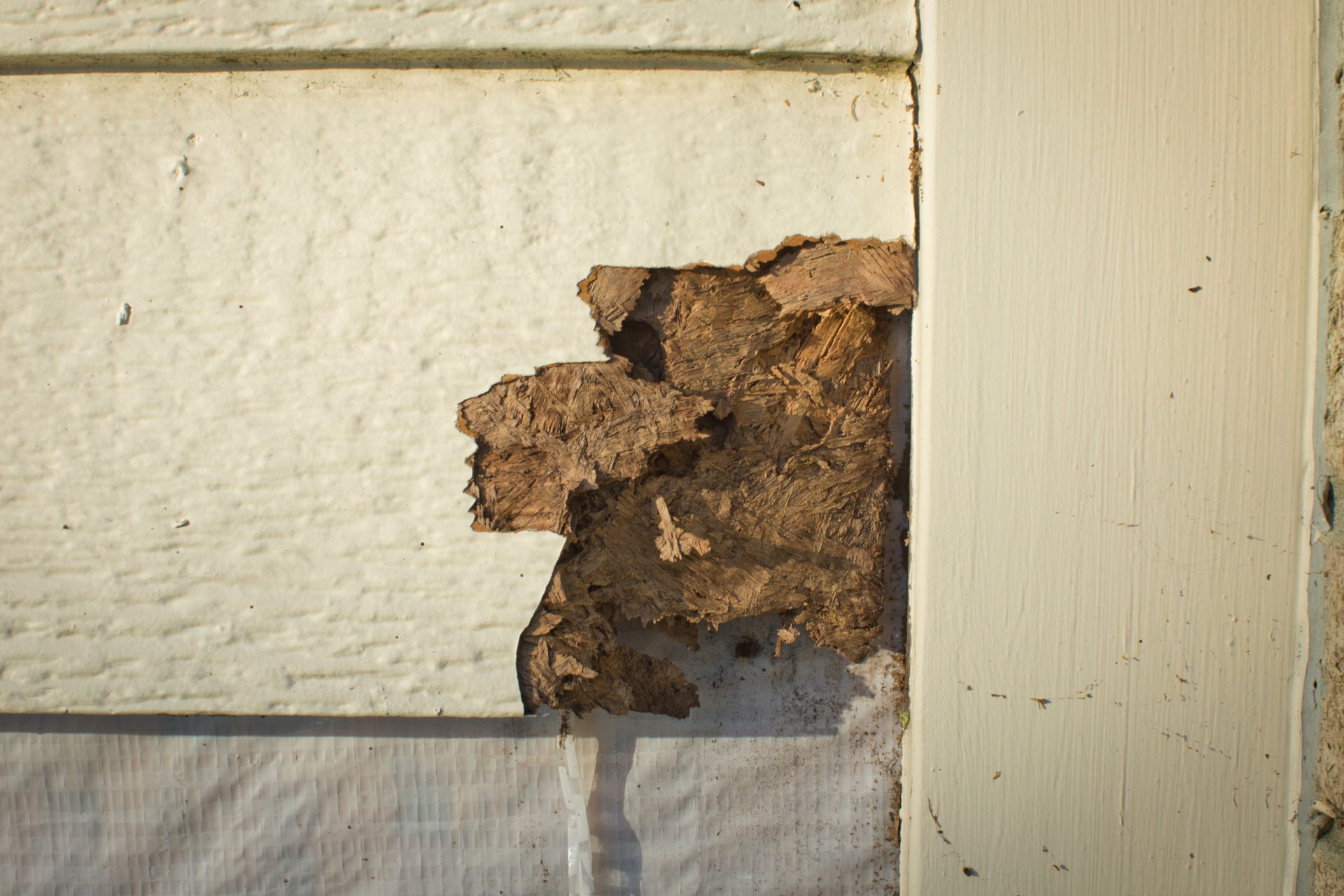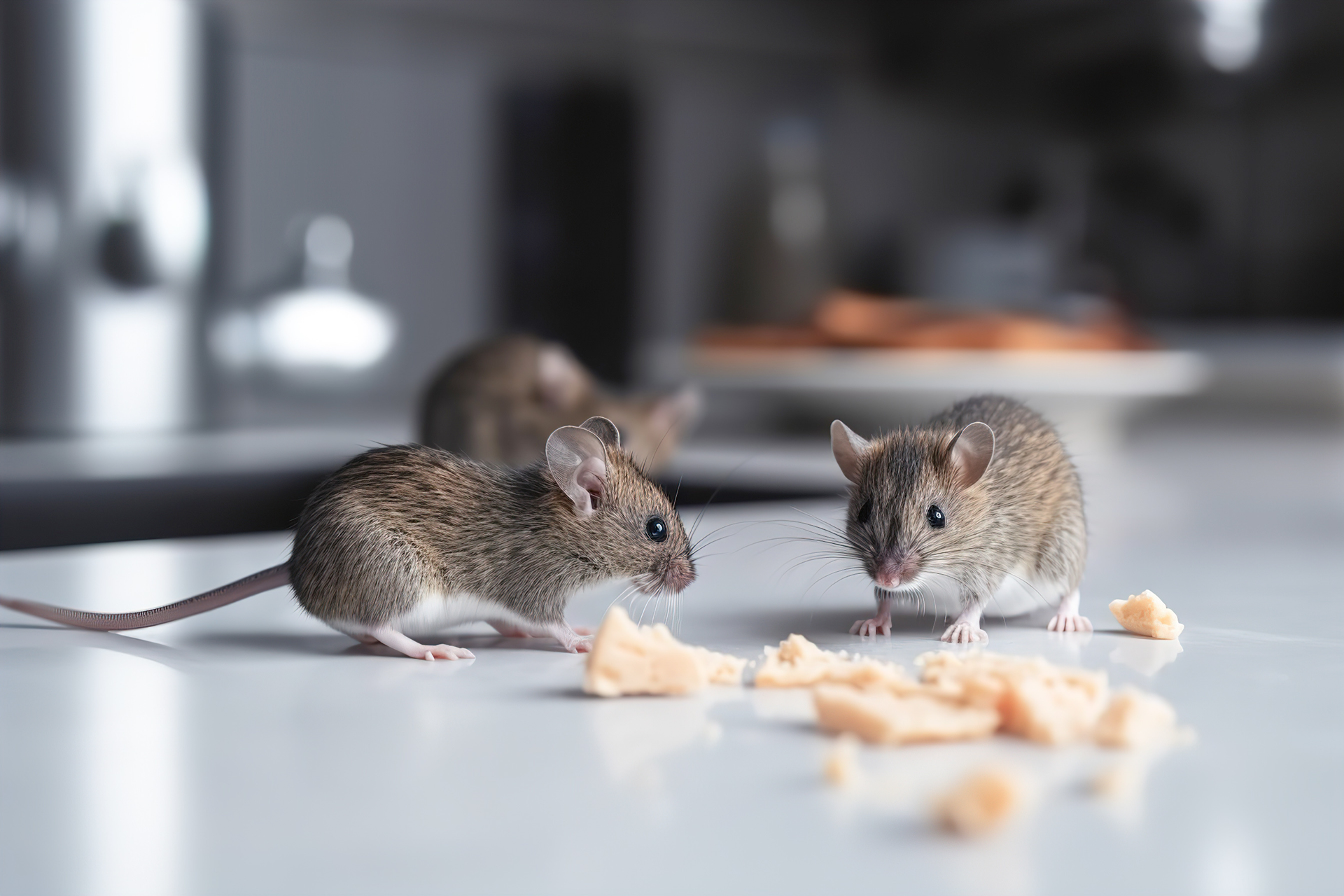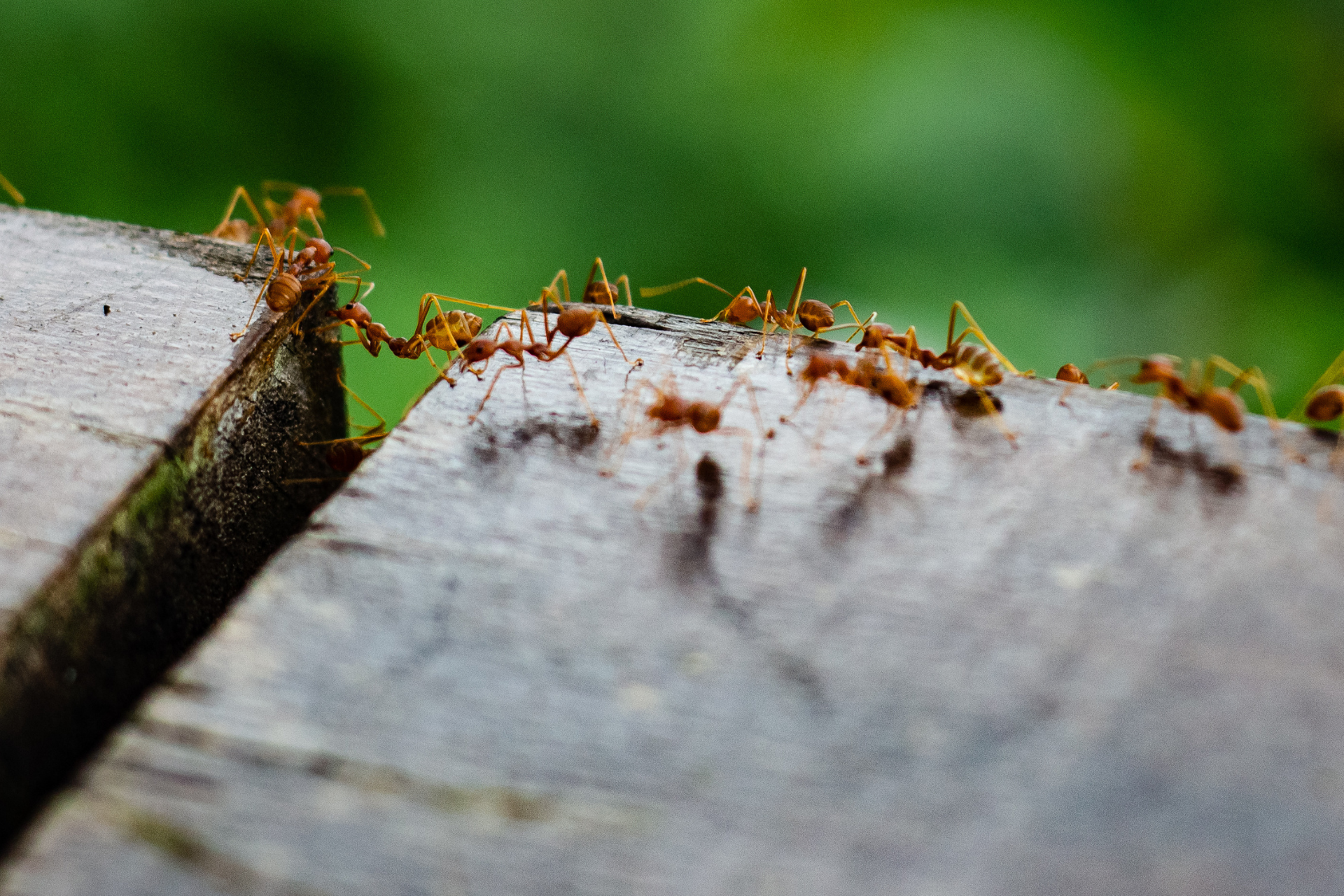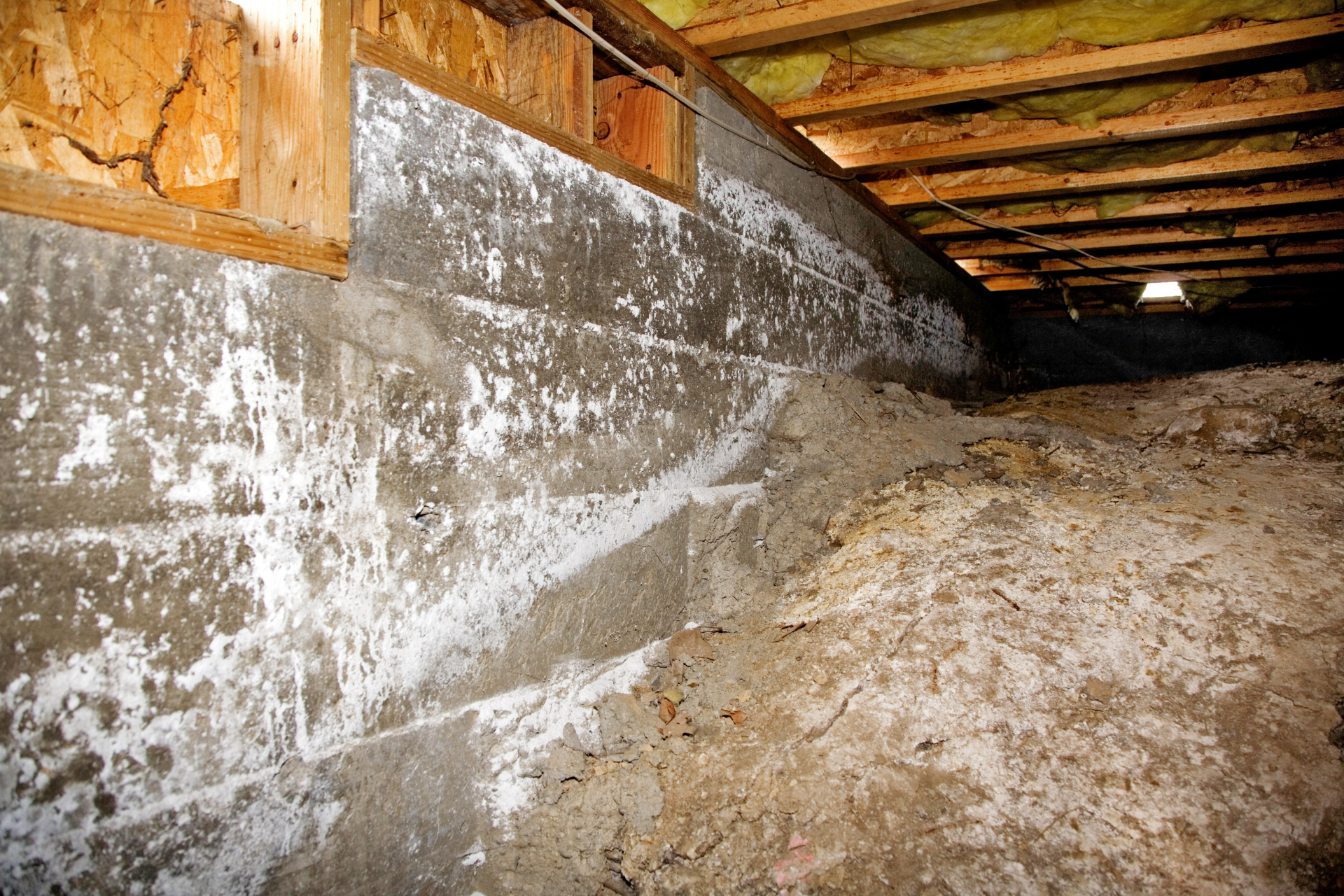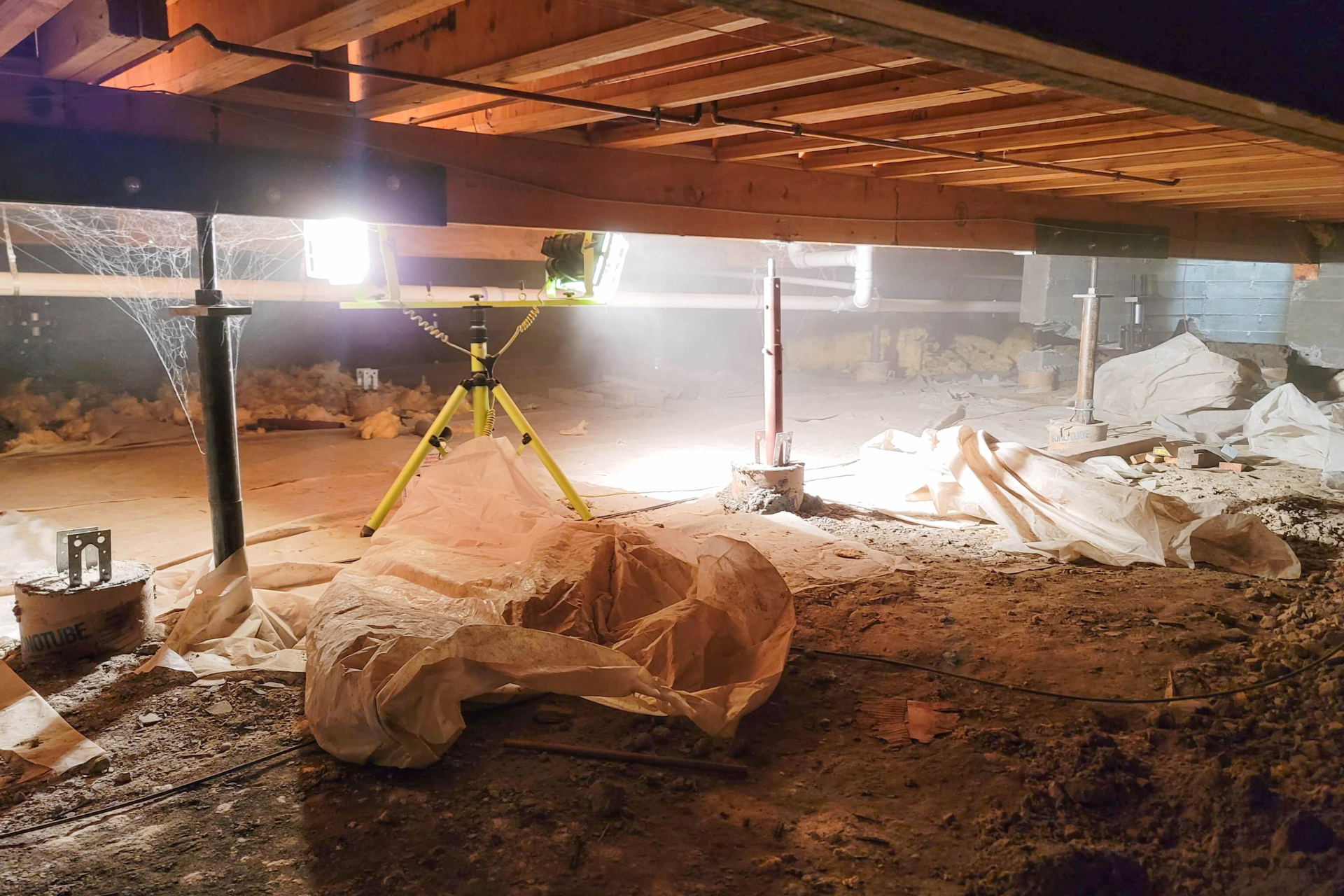Blog Layout
Are You Sure You Are Seeing A Termite?
March 3, 2021
Bugs That Look Like Termites But Aren't
When we think of pests that destroy wood, we often go to the usual suspect: termites. Of course, there's a good reason why we suspect them. Termites do an estimated $5 billion in damage to the wooden structures of our homes annually. That's pretty horrible, to be sure—but the industrious, voracious Isoptera is not always the guilty party. There are other insects out there that may not only rival the termite's destructiveness, but they may look like them, too. Some of these "impostors" definitely deserve a spot in the criminal lineup. It's critically important to get that identification right, as the method of treatment could vary greatly. So, before you point a finger, you might want to take a closer look.
First, let's talk about the appearance of the termite itself. They are small and ant-like in shape, typically .25" to .50" in length. Their bodies are soft and slim, their antennae are straight, and some but not all colony members will have wings. (It is usually the non-winged workers that do most of the foraging and maintenance.) Colors may vary depending on the species, from white to red to black. The termite that causes the most trouble in the U.S. is the Eastern Subterranean Termite, which is whitish with a dark tinge of color at its head.
And now for the other suspects…
Carpenter Ants
Of the different ants that infest structures, the Carpenter Ant
does the most destruction. Even though they prefer soft or decomposing wood, they can feast on sound or hardwood, including the building materials of your home. This insect does the same type of damage to wood that termites do, but with one key difference: Carpenter Ants cleanout, smooth, and polish the wood as they tunnel in. Termites, on the other hand, have a greater tendency to leave soil or muddy-looking debris behind. In appearance, both of these bad-news bugs are very similar. Like termites, they can be white, red, or black, and only certain colony members have wings. However, there are a few distinguishing traits. Termites have two body segments, a head and thorax, whereas a Carpenter Ant has three, a head, thorax, and abdomen. A Carpenter's thorax is broader than a termite's, and its wings (when they have them) are different too. Both species have fore and hind wings, but a Carpenter has smaller hind wings, while the wings on termites are the same size. The Carpenter also has a bend in its antennae, unlike the termite.
Acrobat Ants
The Acrobat Ant is another insect often mistaken for a termite. They look similar to termites in size and color and are also a wood borer, but these wily bugs go one step further to confuse us—they will often inhabit the old tunnels and nests of termites or other wood-boring insects, making it especially hard to distinguish between the two simply by examining the nest. The Acrobat isn't eating the wood; it's just nesting in it. The Acrobat Ant (aka the Crematogaster) prefers to eat aphid honeydew, sweets, and other insects. They often damage siding, insulation, and love to get into walls and around windows and doors. In appearance, the Acrobat also has three body segments compared to the termite's two and bent antennae as opposed to straight. They are more typically found in warmer climates, such as the southeastern U.S.
Flying Ants
In addition to Acrobats and Carpenters, many other ant species are commonly mistaken for termites because they have wings. There's a special term for these winged colony members called alates. When we see them with wings, it generally indicates that the ant is in a reproductive stage. We see alates among Pharaoh Ants, Army, Leaf-cutters, Pavement, Tramp Ants, and many more. Their coloring and size may be similar to termites, but they sport the same basic physiological differences from the termites as noted above with the Carpenter Ants: three body segments instead of two, bent antennae instead of straight, uniformly-shaped instead of different-sized fore and hind wings, and a wider thorax.
Psocids
Psocids (or Psocoptera) is an order of insects that include booklice, barklice, and barkflies. (Head lice evolved from the same ancestral species.) People sometimes mistake them for termites, as their young do closely resemble small termites and have wings and similar coloring. However, they are much smaller than termites, usually averaging about 1/16" long, and their body shape is more reminiscent of a mosquito. In nature, they typically feed on algae, fungi, lichen, and organic detritus, but in your home, they've developed a taste for grains, book bindings, and wallpaper glue. If this were a game of Clue and you've narrowed down the murder location to the library, you might have found your culprit.
Carpenter Bees
The Carpenter Bee
is also a wood-borer known to damage homes. It doesn't look much like a termite, so you might not think it could be mistaken for one—but you'd be wrong. This bug (which looks like a bumblebee minus the hair on its abdomen) belongs on our list of suspects because Carpenter Bee nests are frequently misidentified as termite holes. Unlike termites, however, they are merely nesting in the wood, not eating it. Even if you don't see the insect, you'll be able to distinguish it from the termite by taking a close look at the area surrounding the nest. On the outside of the Carpenter Bee's nest, you'll find some yellowish, sawdust-like debris that will not be present if your culprit is a termite.
Powderpost Beetles
Last but far from least on our list is the Powderpost Beetle. This is another insect that does not bear much resemblance to a termite, except for the wood damage it does. The Powderpost Beetle is second only to the termite in terms of destruction. In fact, we might aptly call it Suspect Number Two. In appearance, this bug is a little smaller than a termite, usually reaching about .25" in length. The adult is reddish-brown or black with a slender body, while their larvae are tiny, whitish, and distinctly C-shaped. But forget about its looks because you'll rarely set eyes on this insect even when you have an active infestation. They are incredibly good at staying hidden from sight. The giveaway will be slightly different in the nest: The Powderpost will leave a series of tiny pinholes in the wood. Termites, however, usually fill those holes in.
When You Need A Pro, Choose At Ease Pest Solutions
Making an identification can be daunting, even when armed with good information. Furthermore, this list may be informative, but it is not by any means complete. If you are having an issue with a wood-boring insect, the professionals at At Ease Pest Solutions can help. We have experience with damaging insects that target homes in our service area. We'll not only accurately identify the right suspect, but we can also help you resolve the problem. Contact us today.
Troutman Branch
694 South Main Street
Troutman, NC 28166
704.761.9697
